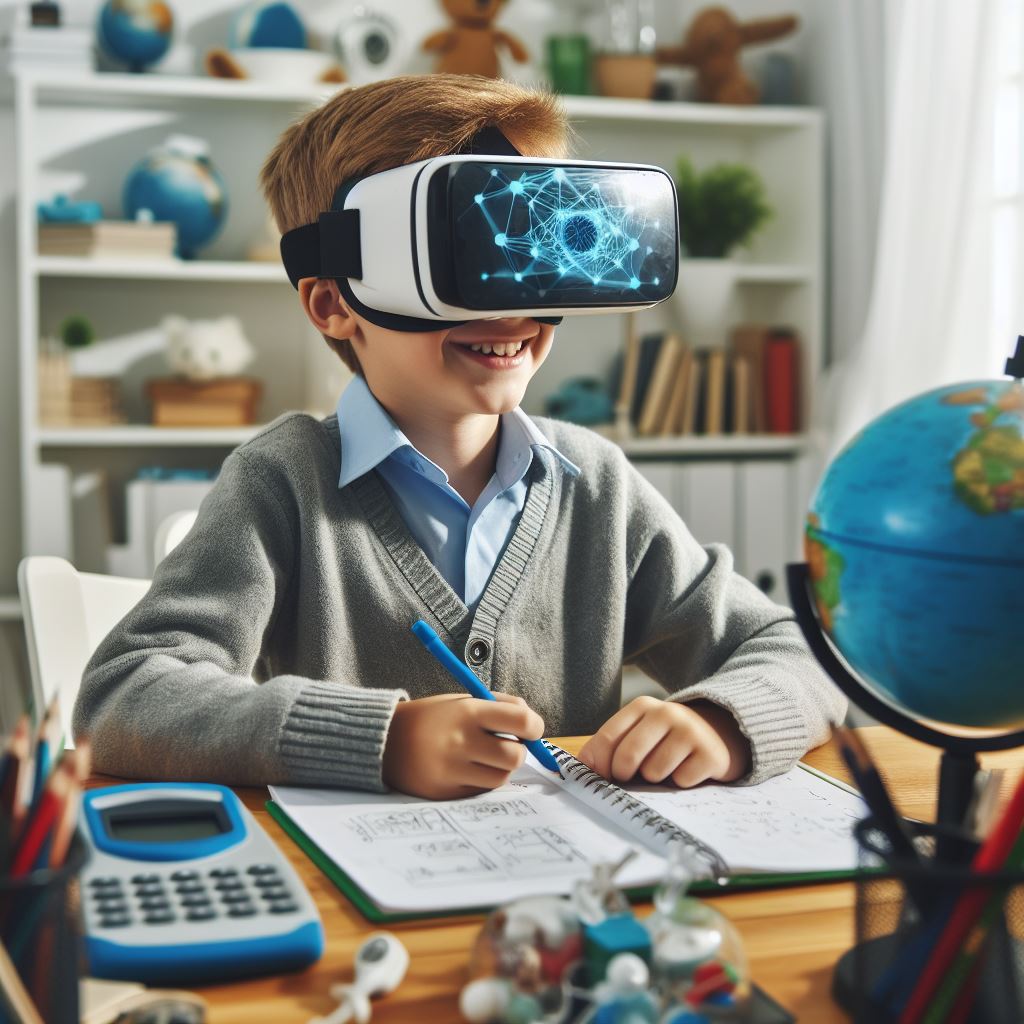In the current context in which we live, education also needs a change. Thanks to new technologies, learning could become more engaging for students, but also more effective.
In this regard, we can talk about virtual reality, an innovative tool that, thanks to its multisensory and engaging nature, can meet the principles of active learning. It is already widely used in schools for younger children and is also gaining ground in higher education.
Learning is an active process in which the person builds his knowledge by extracting meanings from interactions with the surrounding world. From the earliest stages of the life cycle, we learn through the process of interaction and extraction of meanings with the objects that surround us. In virtual reality, the sense of presence is defined as a subjective feeling of “being there”. Detachment from the real world fosters an emotionally positive and engaging experience, promoting the maintenance of high levels of attention and concentration.

The main benefits are related to first and foremost to improving student engagement, exploring learning environments, such as the moon or distant lands, can inspire students’ imaginations. Improve the retention of knowledge, thanks to the immersive experience the senses of the students are entirely focused on the didactic topic. Through the creation of engaging and collaborative educational environments, virtual reality amplifies students’ teamwork and social skills. Thanks to the educational metaverse, students can securely participate and collaborate virtually on subjects of study, promoting greater interaction and cooperation in the classroom. By using technology, students can immerse themselves in experience-based learning experiences, where immersive visualizations make them feel an integral part of the study environment. Integrating VR devices with sensors allows for an even more personalized experience, adapting visualizations to students’ actions and movements. This form of direct learning promotes a more durable memorization of the acquired knowledge, allowing students to recall it with ease in the future.
Educational excursions are a fundamental pillar in education, providing students with tangible and practical learning opportunities. However, situations such as school closures during the Covid-19 pandemic or the high costs of some travel can limit access to these valuable experiences. Virtual reality offers an innovative solution to this dilemma, allowing students to explore places without having to physically visit them. Through realistic images and a panoramic view, students can have an almost real experience, moving and observing the environments with a freedom like that of real life, all without leaving the four walls of the classroom. In addition, the integration of IoT-based temperature control systems can further enrich this experience, providing extra detail and clarity for an even more immersive simulation. Another crucial consideration in the introduction of virtual reality in schools is the resistance of stakeholders, including teachers, parents, and even students themselves, to educational technologies. However, among these parts, it seems that students are the most inclined to adopt and use new technologies in the school setting.
In conclusion, the integration of virtual and augmented reality into educational settings offers an unprecedented opportunity to revolutionize learning, making it more engaging, accessible, and effective. The responsible and strategic adoption of virtual and augmented reality can open new doors towards more inclusive, innovative, and future-oriented learning.
Written by Sara Pia Votta